Growing Primroses: Complete Guide to Care and Landscape Uses
Discover expert tips to nurture vibrant blooms that brighten your garden all season long.
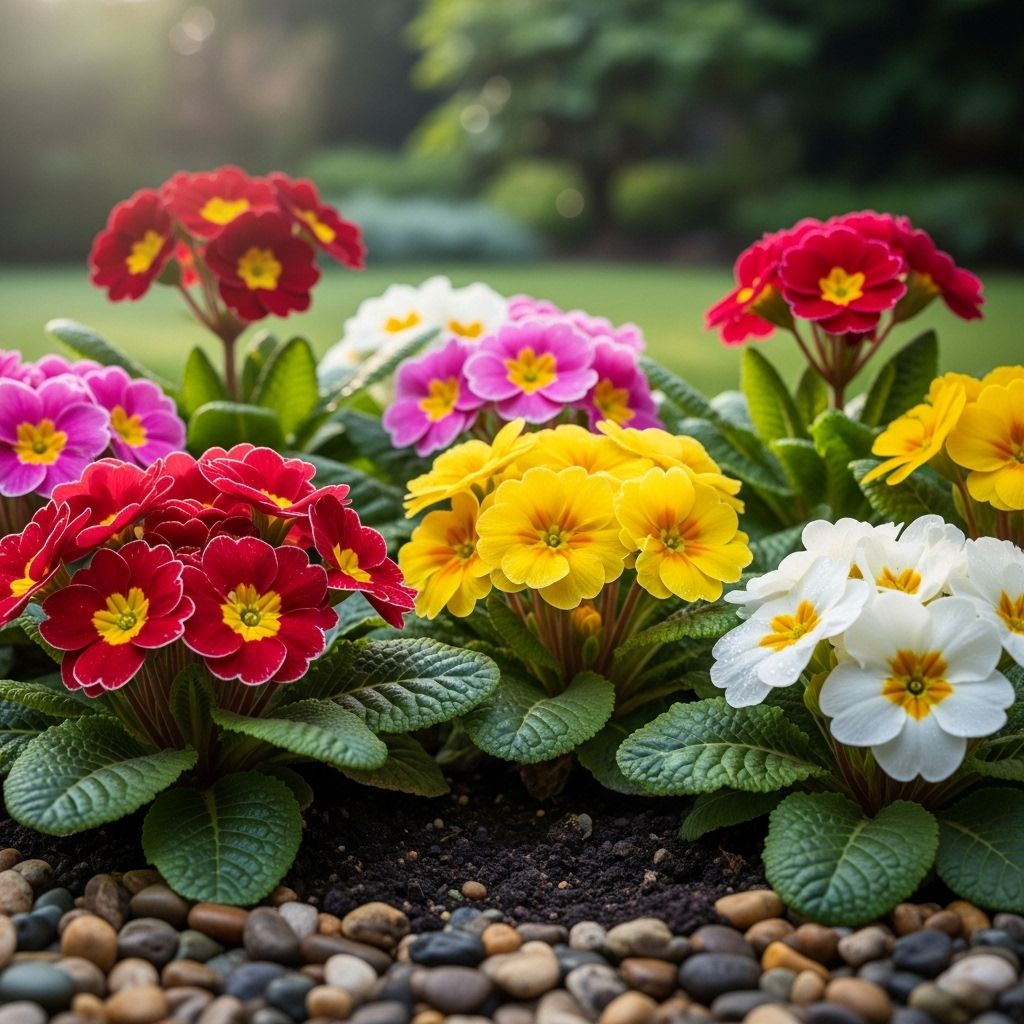
Image: HearthJunction Design Team
Primrose (Primula): Complete Guide to Growing and Caring for These Colorful Perennials
Primroses (Primula) are beloved for their vibrant colors, early spring blooms, and versatility in the garden. With hundreds of species and countless hybrids, Primulas offer a dazzling array of forms and hues that can enliven flower beds, woodlands, rock gardens, and containers. This comprehensive guide covers everything you need to know about primroses—from their origins and appearance to selection, care, and creative landscape uses.
Overview of Primrose (Primula)
| Common Name | Primrose, Polyanthus |
|---|---|
| Botanical Name | Primula spp. |
| Plant Family | Primulaceae |
| Type | Perennial, Annual |
| Mature Size | 6–20 inches tall, 8–20 inches wide |
| Sun Exposure | Partial shade to shade |
| Soil Type | Moist, well-drained, acidic |
| Bloom Time | Spring |
| Flower Colors | Red, pink, orange, yellow, blue, purple, white, bicolors |
| Hardiness Zones | 3–8 (USDA) |
| Native Area | North America, South America, Europe |
| Toxicity | Toxic to people and pets |
About Primroses
Primroses are showy perennial herbs that create lush, ground-hugging mounds with their attractive leaves and brilliant flowers. Their name, derived from the Latin prima rosa (first rose), refers to their early spring flowering, often among the very first perennials to bloom in the garden. Depending on the species and cultivar, primroses can be evergreen or semi-evergreen in zones where winters are mild, and most remain short-lived perennials, sometimes behaving as annuals in warmer climates or after a particularly hot, dry summer.
Foliage
Primrose leaves come in a range of shapes and textures:
- Medium to dark green, arranged in dense rosettes
- Leaf shapes: from oblong to broadly rounded, sometimes with oak-leaf or toothed edges
- Textures vary: smooth, hairy, or deeply wrinkled
Flowers
Primrose blooms are captivating for their variety and vibrancy:
- Colors: Yellow, red, purple, pink, blue, white, and multicolored bicolors
- Form: Some species produce a single flower per stem, while others feature dome-shaped or rounded clusters
- Modern cultivars offer semi-double or double forms for added showiness
Special Attributes
- Provides an early and vital nectar source for pollinators
- Deer and rabbit resistant
- Tolerates partial or full shade
- Excellent as cut flowers for spring arrangements
Landscape Uses
- Borders and edging for flower beds
- Mass plantings for impactful spring color
- Container and patio gardens
- Cottage and woodland gardens
- Rock gardens and alpine displays
Popular Types of Primroses
The Primula genus contains at least 500 species and a seemingly endless number of hybrids and cultivars. Here are a few noteworthy types for home gardens:
Kiso Primrose (Primula kisoana)
- Origin: Native to Japan
- Blooms: Pink to rose-mauve flowers with deeply notched petals
- Attributes: Pink stems covered by downy white hairs
- Prefers: Cool weather, shade, and humus-rich soil
Oakleaf Primrose (Primula vulgaris var. sibthorpii)
- Notable for unusual, oak-leaf-shaped foliage
- Blooms: Cheerful yellow flowers with red edges
- Bloom season: As early as mid-February through April in mild climates
- Ideal for: Adding early color to woodland or shade gardens
Crescendo Bright Red (Primula x polyantha)
- Hybrid group known as polyanthus primrose
- Blooms: Vivid red, often multi-colored forms
- Size: 6 to 8 inches tall, 6 to 10 inches wide
- Zones: Hardy in USDA zones 4–7
Other Notable Primrose Species
- Drumstick Primrose (Primula denticulata): Dense, ball-shaped clusters of purple, pink, or white flowers on sturdy stems
- Candelabra Primrose (Primula japonica): Whorled tiers of blooms atop tall stems; striking in damp, shaded borders
- Cowslip (Primula veris): Fragrant, nodding yellow flowers; traditional cottage garden favorite
How to Grow Primrose
Primroses are remarkably adaptable and are prized for thriving in spots where other flowers may struggle. Here’s how you can ensure healthy and long-lasting displays:
Light Requirements
- Partial shade is ideal—dappled sunlight under trees or shrubs mimics their woodland origins
- Some species tolerate more sun in cooler climates, but shade is necessary where summers are hot
Soil
- Rich, moist, well-drained, and slightly acidic soil (pH 5.5–6.5) is best
- Add plenty of compost or leaf mold to improve texture and fertility
- Good drainage is essential to prevent root rot, especially in winter
Watering
- Primroses prefer consistently moist soil—never let them dry out completely
- Mulch around plants to retain moisture and keep roots cool during warm spells
Fertilization
- Feed with a balanced, slow-release fertilizer in early spring as new growth emerges
- Avoid high-nitrogen fertilizers, which may encourage leafy growth at the expense of blooms
Planting and Spacing
- Plant primroses in early spring or fall, spacing them 6–12 inches apart depending on variety
- Gently firm in soil and water thoroughly after planting
Primrose Care and Maintenance
Primroses reward their caretakers with early and reliable blooms for years if given the right conditions and attention.
- Deadheading: Remove faded flowers regularly to prolong blooming and encourage fresh buds.
- Dividing: Every 2–3 years, divide overcrowded clumps in early fall or after flowering. This keeps plants vigorous and prevents diseases.
- Winter Protection: In colder regions, mulch with straw or leaves to shield crowns from freeze-thaw cycles.
- Pests & Diseases: Primroses are generally pest-resistant but may occasionally attract slugs, snails, or vine weevils. Watch for rot in poorly drained sites.
Companion Plants and Garden Design Ideas
Primroses shine in garden compositions that highlight their cheerful hues and preference for cool, moist spots. Consider these combinations for maximum impact:
- Pair with ferns, hostas, and brunnera for layered shade gardens
- Cluster different primrose varieties for a tapestry of colors and forms
- Use along shaded paths or woodland borders for a naturalized look
- Plant in containers with spring bulbs such as tulips or hyacinths
- Mix with other early bloomers like pulmonaria and hellebores
Using Primrose in the Landscape
- Borders and Edging: Their low, mounded growth habit makes primroses perfect for defining garden beds or lining paths.
- Mass Plantings: Interplant large groups for dazzling color in early spring.
- Woodland and Shade Gardens: Take advantage of their shade tolerance beneath trees or beside shaded walls.
- Rock Gardens: Many compact species and hybrids thrive between rocks or in alpine settings.
- Container Gardens: Enjoy primroses up close by planting them in decorative pots or window boxes.
Primrose: Safety and Toxicity
While primroses add cheer to gardens, it is crucial to note that all parts of the plant are toxic to humans and pets if ingested. Wear gloves when handling large quantities, and site primroses away from areas frequented by children or pets.
Primrose Frequently Asked Questions (FAQs)
Q: When do primroses bloom?
A: Most primroses bloom from late winter through spring, providing welcome color when few other perennials are flowering.
Q: Can primroses grow in full sun?
A: While some species tolerate morning sun in cool climates, most primroses do best in partial to full shade, especially where summers are hot.
Q: What is the best way to propagate primroses?
A: Division is the easiest and most reliable method. Lift and gently separate rosettes in fall or after flowering, then replant.
Q: Are primroses considered deer-resistant?
A: Yes, primroses are generally deer- and rabbit-resistant due to their slightly bitter foliage.
Q: Can primroses be grown in containers?
A: Absolutely! Primroses thrive in containers with rich, well-drained soil. Water regularly and keep in a shaded spot for best results.
Quick Tips for Success with Primroses
- Choose varieties suited to your local climate and garden conditions
- Plant in rich, moist, and well-draining soil with plenty of organic matter
- Shade from hot afternoon sun
- Divide plants regularly to rejuvenate and prevent overcrowding
Conclusion
With their bright flowers, lovely foliage, and early bloom time, primroses are an enduring favorite among gardeners. Whether clustered in woodland borders or featured in spring containers, these versatile perennials deliver color, texture, and charm where it’s needed most. With the right care and a bit of attention to their cultural needs, primroses will return each spring, a sure sign that winter is finally over and brighter days are ahead.
References
Read full bio of Srija Burman


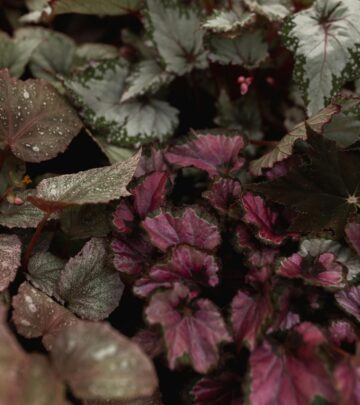
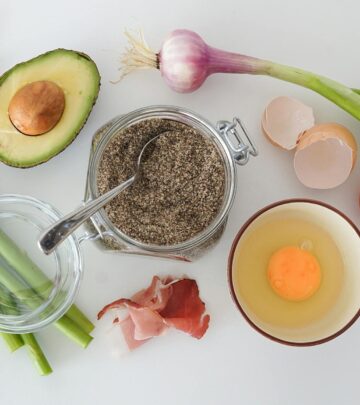
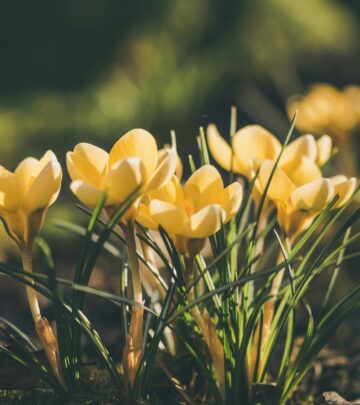
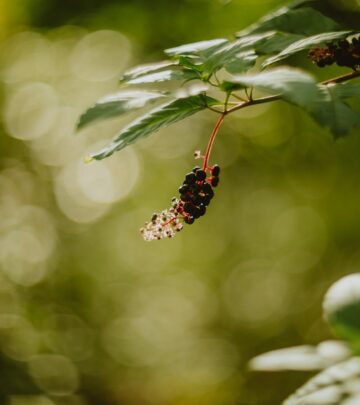


Community Experiences
Join the conversation and become a part of our empowering community! Share your stories, experiences, and insights to connect with other beauty, lifestyle, and health enthusiasts.